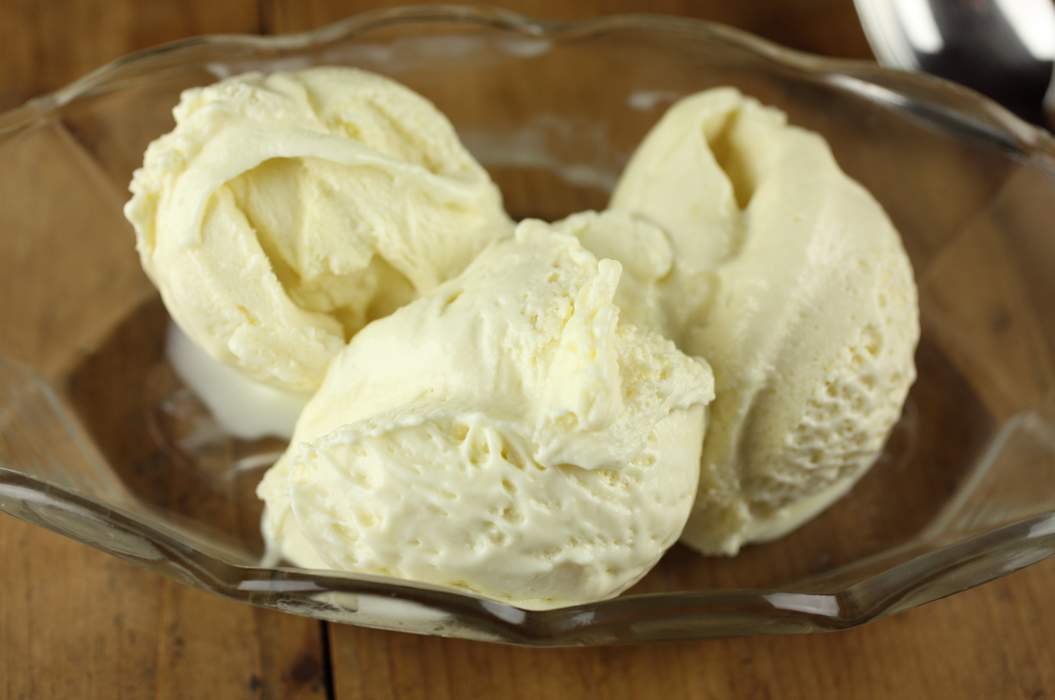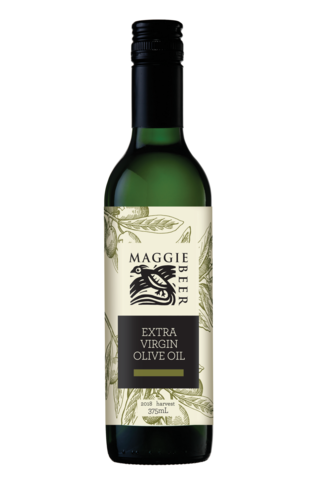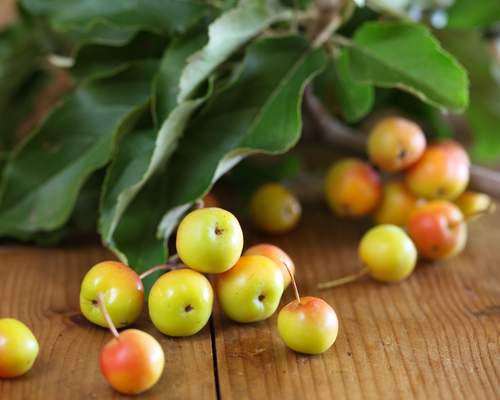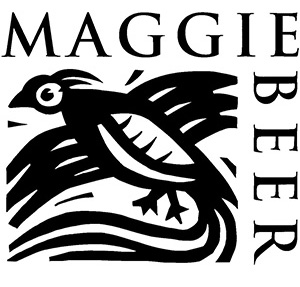More about Extra Virgin Olive Oil
We first planted our own olive trees in the late 1980’s. It was really the beginning of the Australian Olive Oil industry and indeed I was on the original task force to establish a cohesive industry group in 1991 /1992, where we met in Mildura from all over Australia to form the first Association. At the time there was a huge feeling within Australia, often by chefs but also by people vitally interested in food, that only the best Italian, French or Spanish extra virgin olive oils reached the heights of flavour. To borrow a phrase from food writer Cherry Ripe; we were showing our ‘culinary cringe’! As a grower I knew I could be part of changing the feeling that Australian olive oil was second best.
In the past there had been good reason for this belief because in the main, in the early 1990’s, when we were trying so hard to establish an industry, a lot of the olives were pressed in old fashioned facilities and pressed by farmers whose culture was to maximise their crop so leave the olives till they were as ripe as possible to get the highest yield. This was the oil a lot of people had become used to but it was light years away from the great oils of the Mediterranean. I say the great oils as there was, and still is now, a lot of bulk oil out of the Mediterranean that is of a quality I would never touch.
Having travelled through Italy and experiencing first hand the very first time the olive oil being crushed at its perfect ripeness at the Frantoia - that perfect ripeness being half ripe, half green for the early season oil which is the best oil of all and never better than the actual moment it is crushed. The aroma of the crush perfuming the whole Frantoia (mill) and seeing that first gush of green gold oil into the vats, was a pivotal moment in life and something I knew we needed to do in Australia.
In the early nineties we were short of sophisticated milling plants to crush the olives. When the first became available, often the temperature at which the first crushing of the olives was pushed up too high as this was another way of getting maximum yield. The term cold press is not a term that has any real relevance in today's crushing of olives for oil, as a little heat has to be applied in the first instance, even in the very sophisticated continuous process machines that they have today. The very minimum temperature required has a huge impact on the quality as does the quality control and hygiene of the facility, as nothing picks up off flavours more than olives crushed if a grower should bring in mouldy olives.
We were fast learners in the crushing of our own trees for extra virgin olive oil however the volume of oil I could make from my orchard would only ever be enough to sell to my customers who came personally to the Farm Shop. As a grower and passionate advocate for Australian olive oil I talked and wrote about the quality of our oil, with the proviso that it was picked at the right level of ripeness for the premium quality (which meant lower yield) and so believed that our best oil could sit with the best of the imported oils from Italy, France and Spain, usually single estate oils.
In the beginning, well into 2000, all the good to great Australian olive oils were very expensive simply because of volumes and costs of production. There was a strong belief within the young industry that until there were large players in the field to be able to make an Australian extra virgin olive oil affordable, simply from economies of scale, and have it accessible in the supermarkets, we could not bring the Australian public to an understanding of just how good our oils could be. It took a good ten years for this to happen but now there are groves in Australia of such scale and quality that I would love to see every chef, every householder, every food production facility using Australian extra virgin olive oil. It has such an impact on flavour and quality.
My decision in 2002, to blend an olive oil I bought in from a large company, in Victoria as it happened, was to be able to provide an oil at a reasonable price to the public through supermarkets, that would be an education in that my thought was to start with a fresh and mellow oil that would be easy for the general public to relate to and so different from the bulk commercial imported oils they had been buying as extra virgin, and to take my customers on a journey so that each year I have chosen the blend of oil, till today it’s a vibrant grassy oil rather than that we first began with.
The only way I could do this was to choose the partner for my olive oil that had huge ability to blend, so each time we bottled during the year, the blend could always be refreshed simply because of the huge volume and variety of oils. We bottle several times a year because the oil is kept at its peak in tanks until a bottling is needed. We proudly state the year of harvest on the label, as the younger the oil is, the better.
The Australian industry has come so far in the last 20 years with good Australian extra virgin olive oil accessible in supermarkets, and we were in the first wave of that years ago now and I’m thankful that the public trusted my brand and the choices I made in the oil behind it. I’m proud to have been a part in it and what began with my planting of olives in the Barossa has spread so much further showing a larger number of Australian general public just how good our olive oil is.



